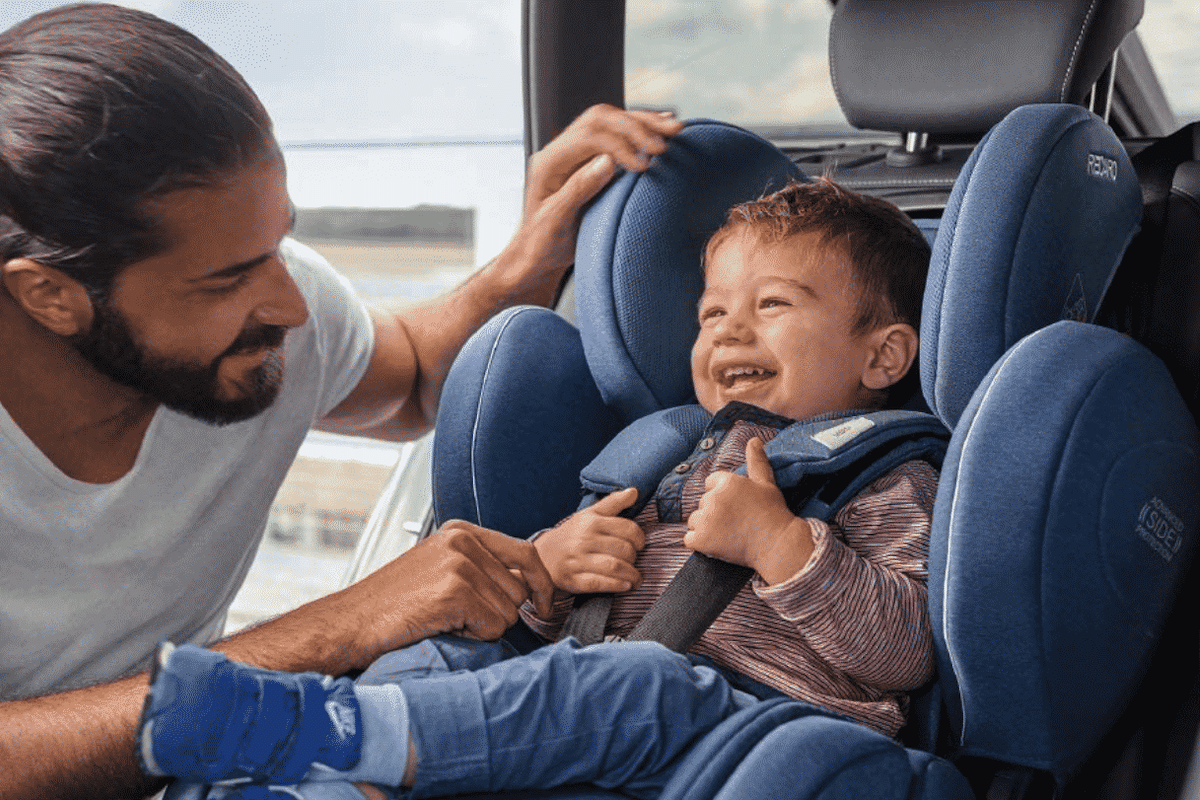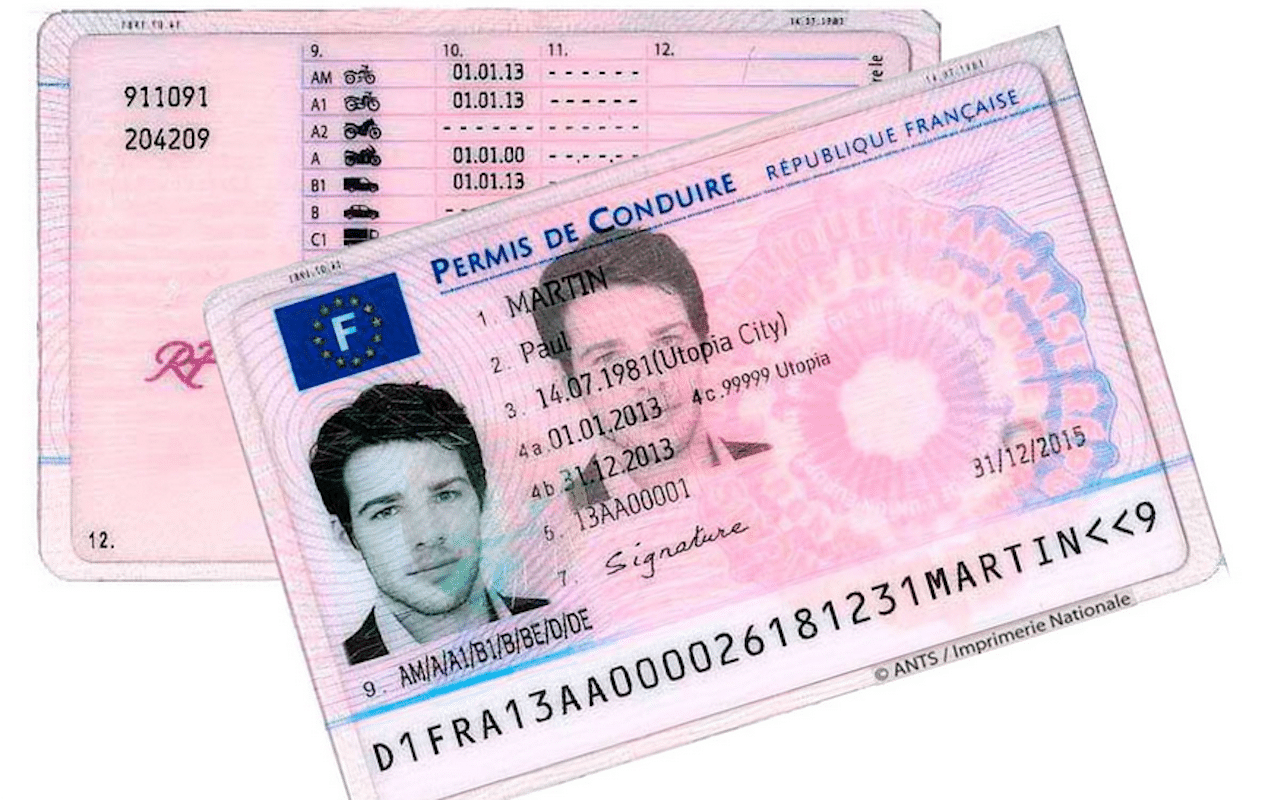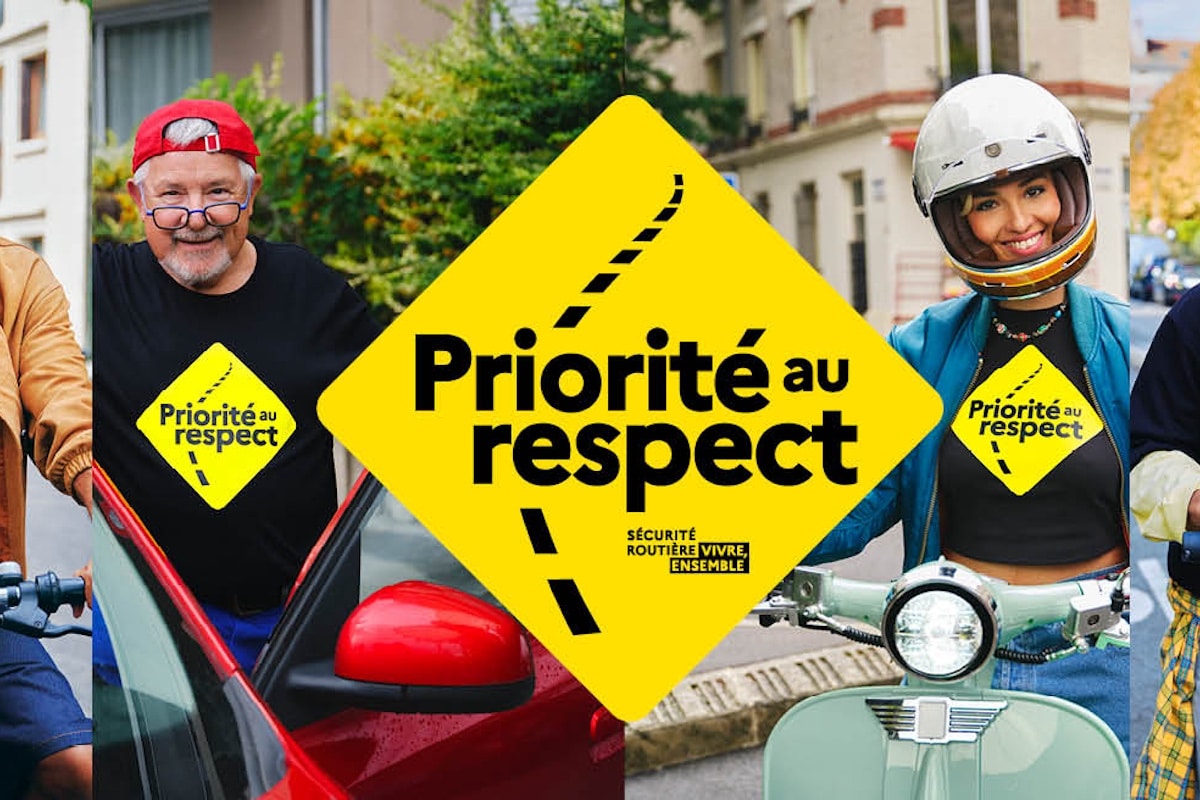How to Properly Use a Baby Car Seat

Children must be secured even on very short trips, and a seat that has been damaged should not be used. These are obvious but important rules to remember.
The most serious injuries are to be feared when children travel in a car unrestrained. During a collision at 50 km/h, the forces exerted are comparable to a fall from the fourth floor. However, if the child is installed in an appropriate restraint system, the risk of a fatal accident is reduced by up to 80%, according to the World Health Organization (WHO).
In many countries, children are only allowed to ride in a car in an appropriate seat (European standard UNECE-R 129). In Germany, for example, this applies until the child’s 12th birthday unless the child is taller than 1.50 meters. In France, children aged 0 to 10 must travel in a seat suitable for their age, weight, and morphology, and additionally, wearing an approved seatbelt is mandatory for all persons in the vehicle, whether drivers or passengers, front or rear seats.
Familiarize yourself with the seat
The Isofix mounting system has become the standard in many modern private cars, allowing the child’s seat to be easily and securely fixed and largely preventing incorrect installation. Other solutions use the seatbelt. In any case, familiarize yourself with how the child’s seat works and check before every trip that the seat is securely attached and the child is properly buckled in. Because their safety depends on it.

The so-called “rear-facing” seats, in which children are installed facing away from the direction of travel, provide better protection. “In this case, the forces generated in the event of an accident or sudden braking are distributed across a large surface of the child’s back, and the head is also supported. This aligns perfectly with the anatomy of young children,” explains DEKRA researcher. In infant car seats, children are generally transported facing the rear of the vehicle. Dossier seats are also available for older children up to about four years of age. However, not all children like riding backward.
Deactivate the airbag if the seat is in front
If you are transporting a child in a baby car seat or a rear-facing seat on the front passenger seat, it is imperative to deactivate the passenger airbag system. Otherwise, the airbag could seriously injure the child when it deploys. It is important to know that, according to studies, children are generally better protected in the rear seats.
If you are considering buying a child seat, you should look for the test seal on the orange label on the seat. The CEE-ONU R 129 standard mentioned above differs from older standards, especially regarding additional prescriptions related to side impact protection for child seats, which are tested as part of a special side impact test. The use of seats compliant with the old standards CEE-ONU 44/04 or 44/03 is still permitted but does not offer the same level of protection. By the end of this year, they will no longer be produced – new seats must then comply with the CEE-ONU R 129 standard.
The accident affects the protective function
“Anyone considering buying a used child seat for budget reasons should ensure that it has been handled carefully by the previous owner and has not been involved in an accident,” advises DEKRA. Due to the heavy load experienced during an accident or a fall when the seat is removed, cracks can form in the rigid foam, which impairs its protective function.”
Before purchasing a seat, it is important to check if it is suitable for the vehicle. It is also recommended to test the installation of the seat and let the child try it out. After all, it should not only be safe to drive with but also comfortable for the child.
This page is translated from the original post "Comment bien utiliser un siège auto bébé" in French.
We also suggestthese articles:
Also read






